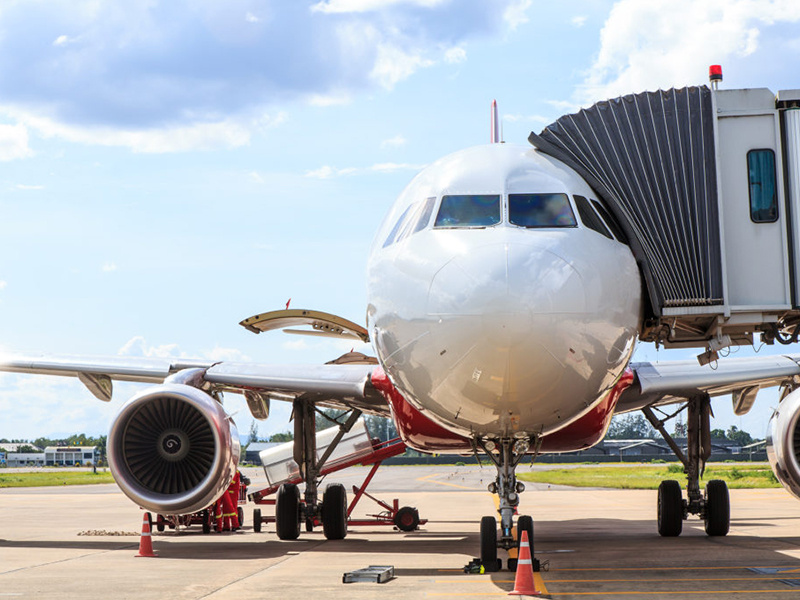


Outlining aviation’s importance in the global market, there’s a significant amount of optimism to look forward to in Southeast Asia’s airline sector.
In a news brief announced by the International Air Transport Association (IATA), this blooming period across the region sees a compelling travel distribution come 2017. It also claims that “Travel” is the largest e-commerce category thanks to airline ticket sales.
Following 2014’s slump in profit shares and a silver lining in capacity growth in 2015, 2016 marks a milestone in the Asian subregion with the recent drop in fuel prices, a more favorable market condition and major developments in infrastructure.
Despite the region’s slow but sure advancement, SEA is backed by a strong tourism support — tourists enjoying low-cost airfares, partially owning Asia-Pacific’s claim to fame as the fastest growing aviation market in the world today.
According to the IATA report, passengers around the world flew 6.5% farther than they did in 2014, while passengers in the Asia-Pacific had a discernible increase of 8.2%, signifying that the worldwide airline industry “have morphed into retail”.
That boost in sales reaps leading growth mirrored adequate adjustments in airline systems to accommodate passengers distribute their flights, as well as their products and value, direct and indirect, at reasonable costs, the study says.
Case in point, 19 Southeast Asian airlines generated a total of USD1 B in 2015, a billion upgrade compared to 2014, as covered by 17 out of 19 flight providers, including low-cost carriers (LCCs), year over year indicating major improvement in profitability.
Of all the airline groups in SEA, Singapore International Airlines (SIA) is by far the most profitable based on group revenues alone. Meanwhile Malaysian LCC, AirAsia, had a demanding 2015 that incurred losses despite generating from its seven subsidiaries across the region.
There are currently 23 LCCs competing in the market, but only six of them went head to head in 2015, contributing only 20% to the most ambitious airline retail seen in the SEA region yet. To name, Citilink, Jetstar Asia and Jetstar Pacific soared from losses to fruitful profit shares in 2015.
On the other hand, full-service airlines in SEA enjoyed an increase in revenues but remained in the lower margins in the totality of gross sales accumulated last year. Malaysia Airlines, which went through a major reconstruction, is the lone full-service flight carrier that remained idle since being delisted in 2014.
Riding the waves of success together with SIA is Thai Airways, which garnered profits despite minor restructuring in 2015. Garuda Indonesia and Philippine Airlines came fourth and fifth respectively, with the latter reported a huge gap in profits after an enormous loss in 2013.
Overall, SEA airline sector is to watch out for. With recent spikes in airfare sales as well as the rise of low-cost travel plans made possible by airline companies, there will definitely be more and more passengers traveling. Technology is another factor to consider in this huge development in the SEA market as bookings are now filled out via mobile, tablet, and other wireless devices.
For more news and updates on the aviation market, WCC Aviation School will definitely equip you with information for you to be wise and competent in the industry. Visit their website here: http://www.wccaviation.com
The information contained in this website is for general information purposes only.
While WCC Aviation Company endeavors to keep the information up to date and correct, we make no representations or warranties of any kind, express or implied, about the completeness, accuracy, reliability, suitability or availability with respect to information published in this website.
Click here to read the Privacy Statement in full